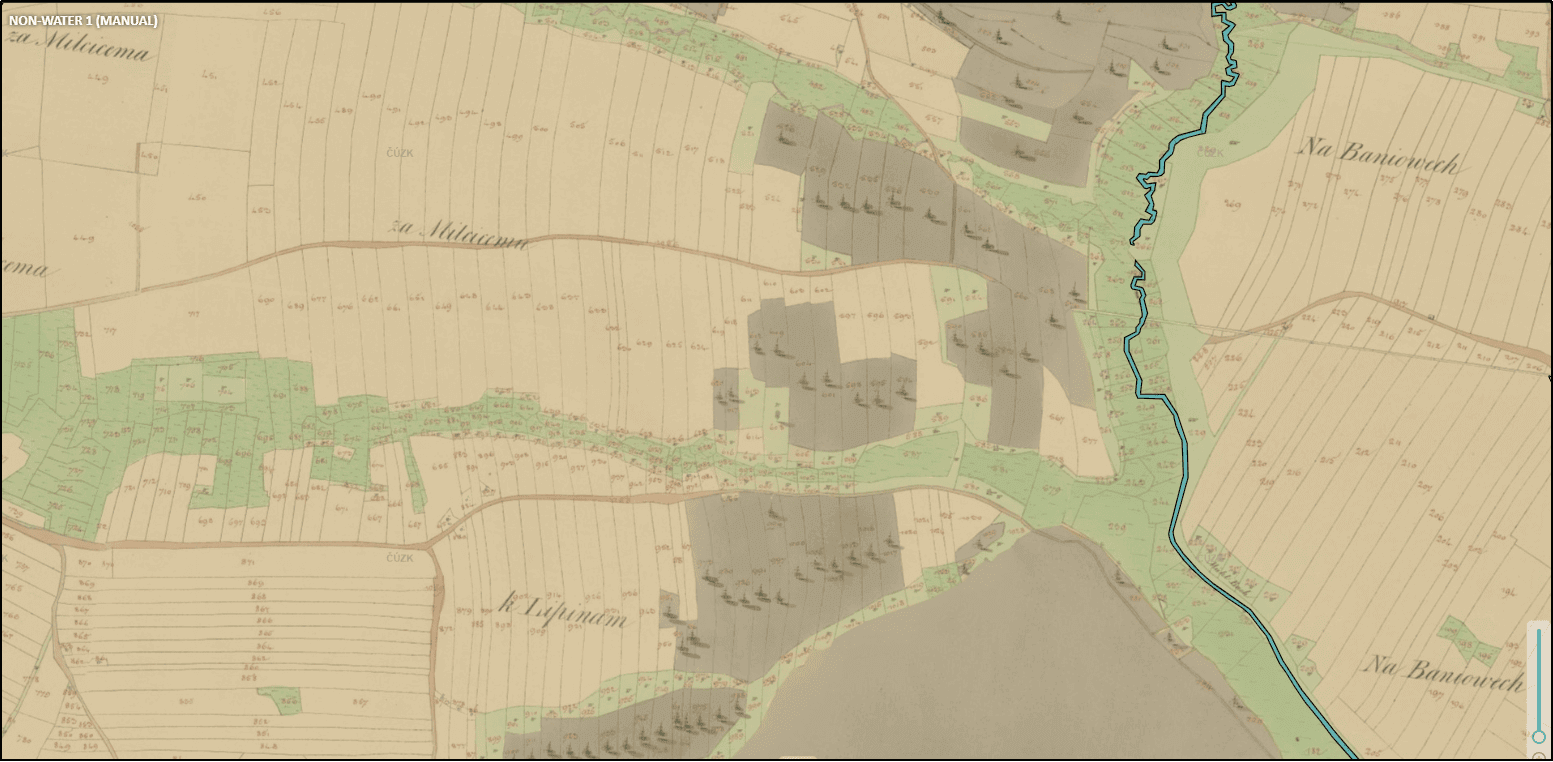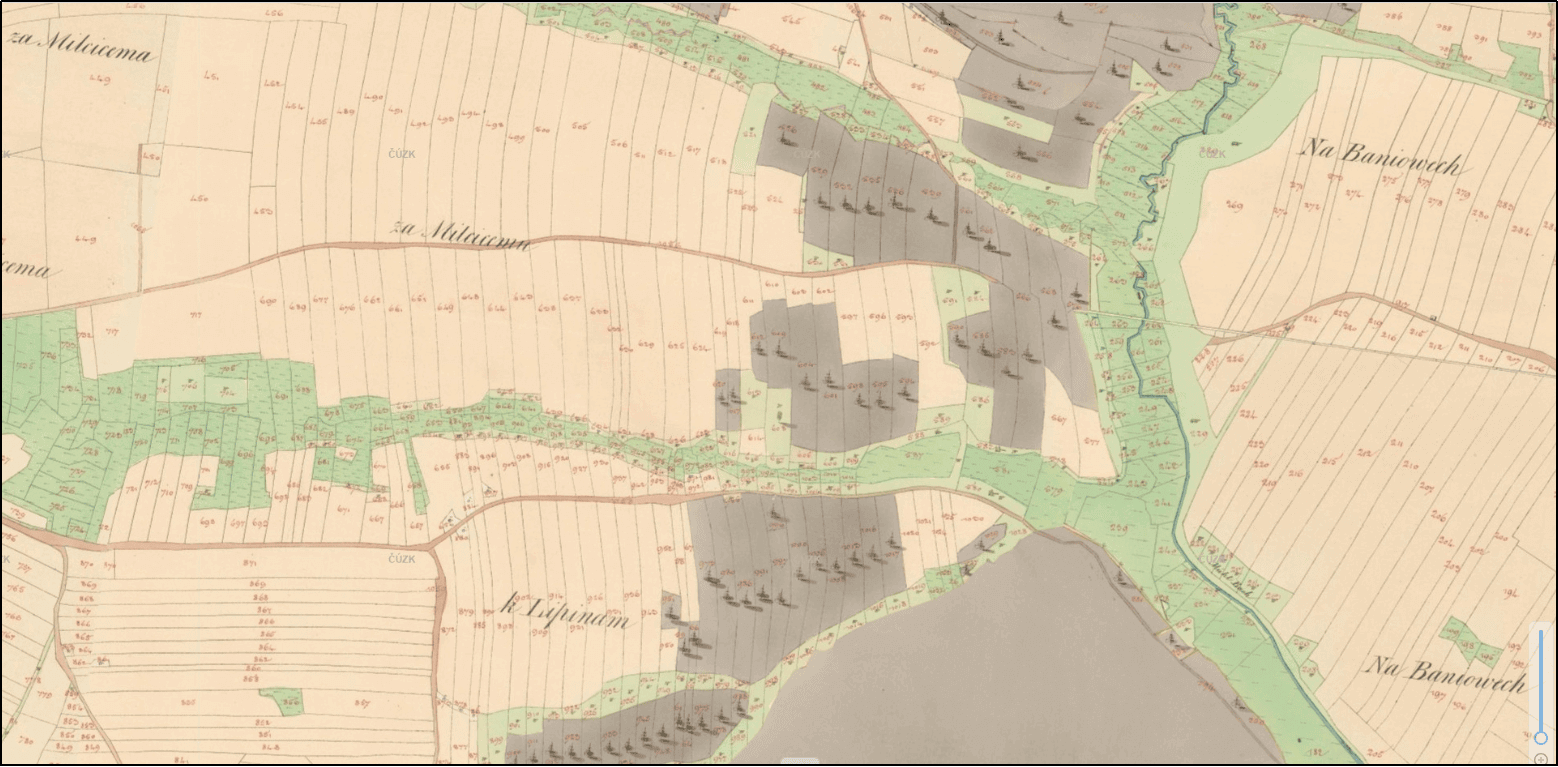Water Body Annotation and Digital Restoration of Historical Maps
Our team of three dedicated image annotators and a photo enhancement expert used a strategic combination of technical solutions, manual expertise, and digital enhancement techniques to overcome these challenges and meet the client's objectives:
Customized Annotation Guidelines
We developed a detailed set of annotation guidelines specific to historical water feature mapping. These guidelines included instructions on handling different cartographic styles and unclear map images.
Digital Restoration of Map Images
Our photo editing expert used advanced digital restoration techniques to enhance the clarity of faded or degraded maps. This process involved adjusting contrast and sharpening edges to bring out subtle details for accurate annotation.
Image Annotation on a CVAT
We used a locally hosted CVAT (Computer Vision Annotation Tool) that was secure, customizable, and allowed precise polygonal masking. This tool enabled our team to carefully outline the contours of water features like rivers, lakes, and streams ensuring accuracy in each annotation.
Custom CVAT Enhancements
We implemented custom scripts within the CVAT environment to assist with common annotation tasks specific to water body identification. These enhancements included automatic detection of potential water features based on color and pattern recognition, which annotators could then verify and refine.


 Free Sample
Free Sample